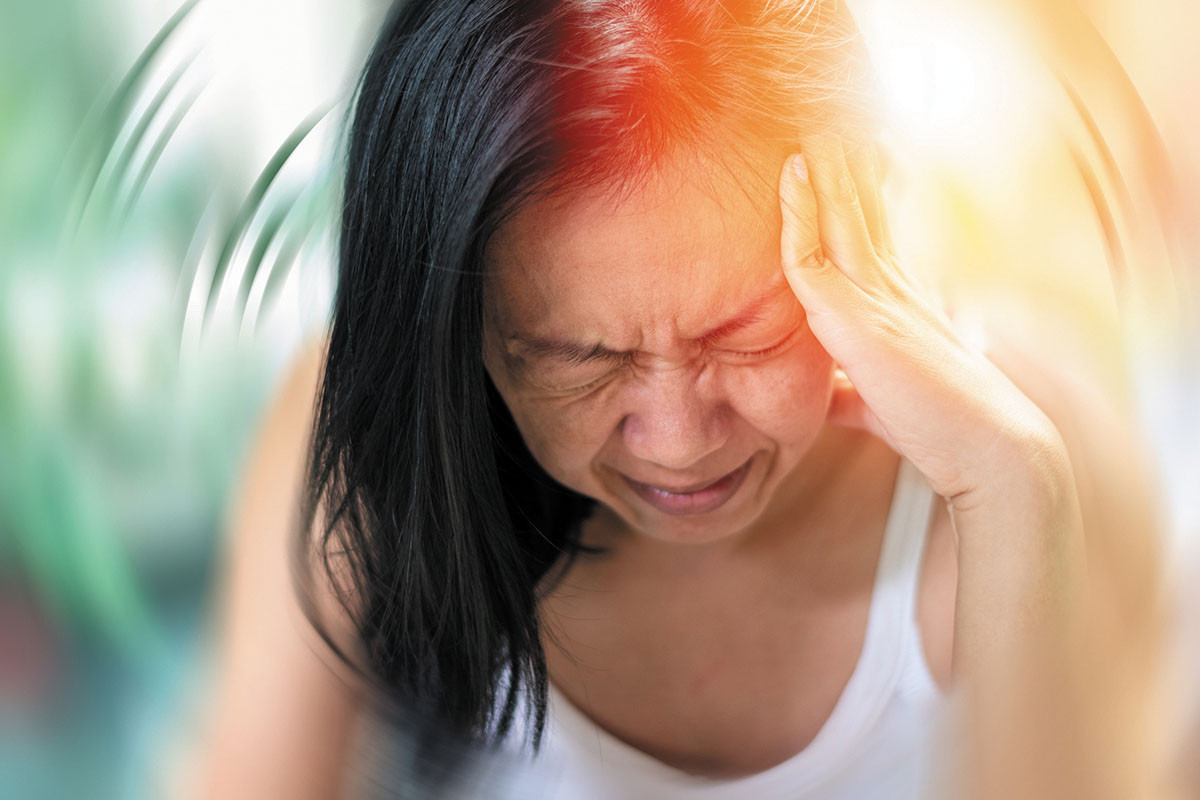
5 timeless habits for better health

What are the symptoms of prostate cancer?

Is your breakfast cereal healthy?

When pain signals an emergency: Symptoms you should never ignore

Does exercise give you energy?

Acupuncture for pain relief: How it works and what to expect

How to avoid jet lag: Tips for staying alert when you travel

Biofeedback therapy: How it works and how it can help relieve pain

Best vitamins and minerals for energy

Should you take probiotics with antibiotics?
Safety/Injuries Archive
Articles
Winter hiking: Magical or miserable?
The instinct to stay indoors during winter can start to feel confining after a while. Going for a winter hike is a great way to get out in nature and get exercise, but it's quite different from warm-weather hiking, and requires preparation and precautions.
Motorcycle rallies and organ donation: A curious connection
Even though motorcycles are riskier than other modes of transportation, the number of motorcycles registered in the US has doubled in the past 20 years. A study examined whether large gatherings of bikers would lead to more fatal accidents and an increase in rates of organ donation.
Americans' use of prescription sleep medications drops dramatically
A 2022 study found a 31% reduction in Americans' use of prescription sleep aids from 2013 to 2018. The drop-off was even sharper among people 80 and older, who were 86% less likely to use FDA-approved sleep drugs by the end of the study period.
Don't be the fall guy
Every second, someone age 65 or older suffers a fall, making it the No. 1 cause of injury-related death among this age group. The best way for older adults to protect themselves is to address the three main physical conditions that contribute to falls: weak stabilizer muscles, poor core strength, and balance issues. They can do this by improving their side-to-side motion through specific exercises and playing racquet sports, doing abdominal exercises, and practicing tai chi.
Cold-weather cautions
Wintertime can pose challenges to cardiovascular health. Cold temperatures can cause arteries to narrow, which can leave people with heart disease vulnerable to angina or heart attacks, especially during physical exertion. Changes in sleep, eating, and exercise habits related to the season may also affect the heart. Crowded indoor gatherings also raise a person's risk for respiratory infections, which can exacerbate heart disease.
How can I tell if I have a concussion?
Concussions occur when the brain bumps or twists inside the skull after a blow to the head. Signs of concussion include headache, eye pain or fatigue, neck pain or stiffness, imbalance, impaired depth perception, difficulty remembering, or sleep pattern changes.
Programs to sharpen your driving skills
Several types of programs can make driving safer for older drivers. A Car-Fit evaluation helps improve the way a driver fits in a vehicle. A driving refresher course helps drivers stay up to date on driving techniques, laws, and vehicle safety technology. A formal driving assessment evaluates a person's physical and mental health and driving ability on the road. Driver rehabilitation provides training for people to use adaptive driving equipment, practice driving in challenging conditions, and develop safe driving habits.
What's the relationship between memory loss and driving?
Alzheimer's disease and other forms of dementia affect all the regions of the brain involved in driving, but whether or not a person should give up driving depends on the severity of the disease and the specific cognitive abilities that are impaired.
What do food freshness labels really mean?
Food freshness dates rarely mean products are unsafe after the date listed. Refrigerated items usually keep for days to weeks, while canned and boxed goods often keep longer.
Asking about guns in houses where your child plays
Between 2015 and 2020, there were more than 2,000 unintentional shootings in the US by children under 18. Parents can help reduce the chance of an accidental shooting by asking about gun security at homes where their children play.

5 timeless habits for better health

What are the symptoms of prostate cancer?

Is your breakfast cereal healthy?

When pain signals an emergency: Symptoms you should never ignore

Does exercise give you energy?

Acupuncture for pain relief: How it works and what to expect

How to avoid jet lag: Tips for staying alert when you travel

Biofeedback therapy: How it works and how it can help relieve pain

Best vitamins and minerals for energy

Should you take probiotics with antibiotics?
Free Healthbeat Signup
Get the latest in health news delivered to your inbox!
Sign Up











